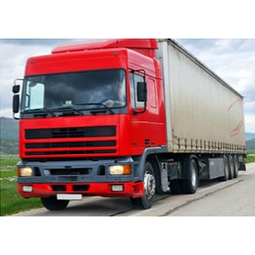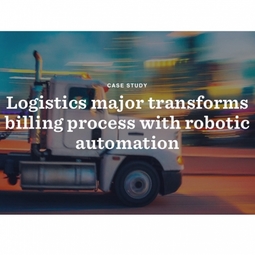Overview
 |
Supply Chain Visibility |
Applicable Industries
Applicable Functions
Case Studies
Market Size
|
The GPS Tracking Device System Market is expected to grow at USD 2.53 billion by 2023, at 11.9% of CAGR between 2017 and 2023. Source: Market Research Future |
Business Viewpoint
|
What business value do shipment tracking technology? It enables shippers to be in control of their transportation and locate freight at any point in its journey. How can IoT based shipment tracking and monitoring solutions help your supply chain? - Improved product quality and consistency - Decreased in warehousing and storage costs - Reduced impact of stock outs - Staying pro-active during supply chain disruptions - Reduced product shrinkage and insurance costs - Trade route analysis - Lower Labor Costs - Improved Brand Protection
|
Stakeholder Viewpoint
|
Suppliers: Suppliers play a crucial role in providing visibility into the upstream supply chain, including raw material availability, production schedules, and inventory levels. Transparent communication and collaboration with suppliers enable businesses to anticipate supply chain disruptions and proactively address them. Logistics Partners: Logistics partners, including carriers, freight forwarders, and third-party logistics providers, contribute to Supply Chain Visibility by tracking shipments, monitoring transportation routes, and providing real-time updates on delivery status. Close coordination with logistics partners ensures smooth and efficient movement of goods across the supply chain. Customers: Customers benefit from Supply Chain Visibility by gaining insight into order status, shipment tracking, and delivery timelines. Transparent communication and visibility empower customers to plan and manage their own operations more effectively, leading to improved satisfaction and loyalty. |
Technology Viewpoint
|
How is shipping tracking technology made up? It is made up of three things: sensors, connectivity, and applications. Sensors make it possible to know the location of your containers, and the connectivity piece (which is particularly difficult when at sea) transmits that location data back to an application. Often shipping companies will pull the location data out of an API and put it into their logistics platform, where the data can be analyzed. Which systems enable to control transportation? Track and trace features are available on a transportation management system (TMS). With this technology, companies have insight into carrier performance, transportation costs, and market trends as they manage their logistics.
|
Data Viewpoint
|
How is data obtained by the system? There are different ways like BLE tags, GPS or WiFi.
|
Deployment Challenges
|
Technology Infrastructure: Businesses invest in technology infrastructure, including cloud-based platforms, data integration tools, and IoT devices, to capture, store, and analyze supply chain data in real time. Scalable and flexible technology infrastructure enables businesses to adapt to changing business needs and scale their operations as required. Integration with Supply Chain Partners: Integrating supply chain visibility systems with suppliers, logistics partners, and customers' systems facilitates seamless data exchange and collaboration across the supply chain ecosystem. Standardized data formats, APIs, and data sharing agreements ensure interoperability and enable end-to-end visibility. |





